What to See, Experience, and Explore at Miami Art Week 2025
We checked in with our former podcast guests who will be inching through Miami traffic, unveiling new works, signing books and revealing new projects this year.
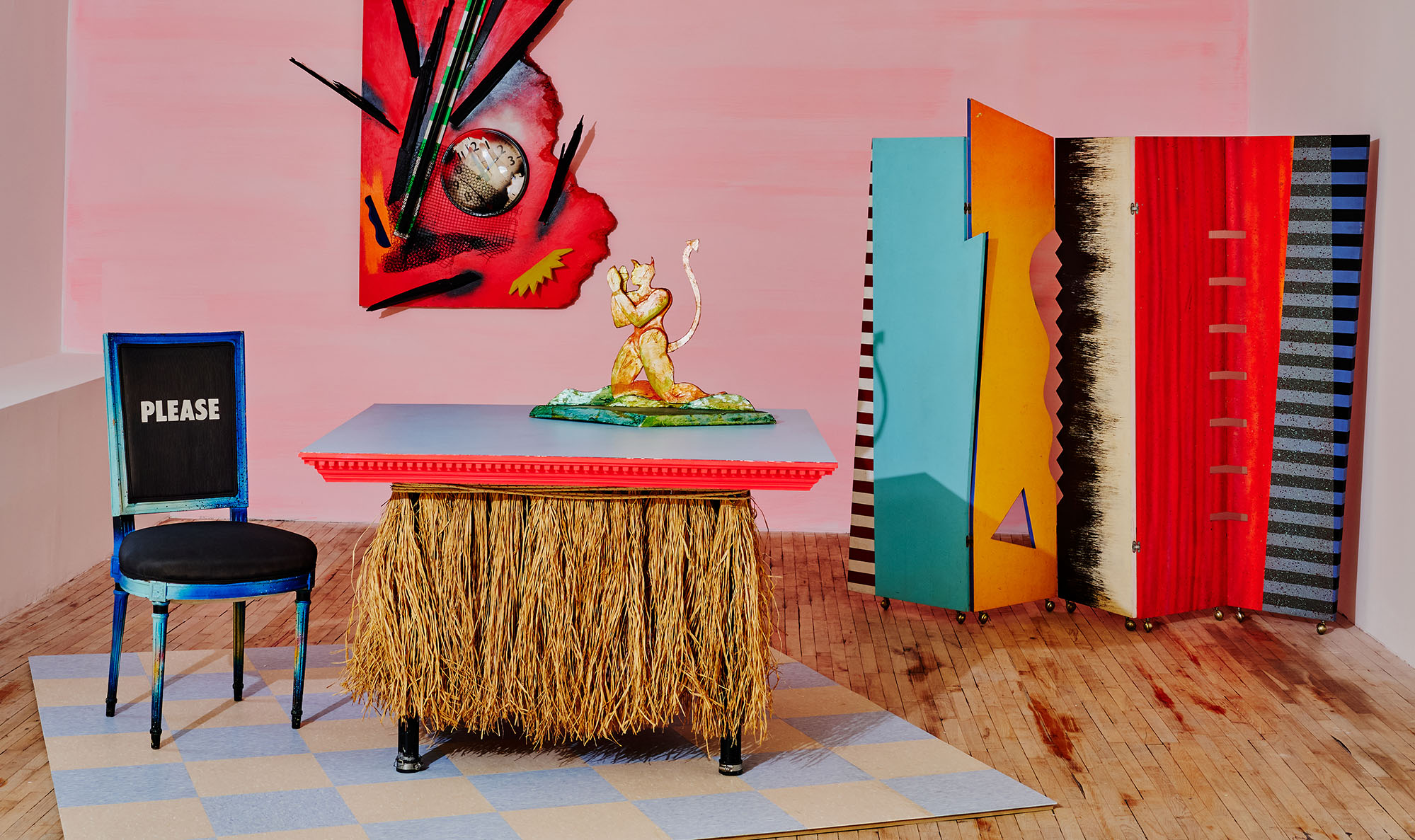
Welcome to The Curator, a newsletter companion to The Grand Tourist with Dan Rubinstein podcast. Sign up to get added to the list. Have news to share? Reach us at hello@thegrandtourist.net.
New York, “Dan Friedman: Why Shouldn’t I Have Fun All Day?” (Until March 22)
In the late 1970s, Dan Friedman was a graphic designer living in Greenwich Village and working at the graphic design agency Pentagram, designing corporate posters, letterheads, and logos. He soon grew bored of the humorless work at his day job, which he found incongruent with the overflowing creativity and culture of downtown Manhattan. “I began to live a double life,” he says. “I realized I was having more fun working at night in this other world, this other side of New York City. I thought, ‘Why shouldn’t I have fun all day?’” He left his job and devoted the remainder of his life to making funky, DayGlo-covered objects, transforming his apartment into a goofy and neon wonderland. The objects on show for the first time here illustrate how Friedman wildly reimagined household objects. In honor of the 30th anniversary of his passing from AIDS complications, this show brings to life Friedman’s whimsical and vibrant way of seeing. superhouse.us
Atlanta, “Anonymous Fragments: Timothy Hull” (Opens Feb. 14)
In history museums, ancient artifacts sit alone in big rooms, divorced from their original lives—jewelry is unworn, tools can’t be touched, vases hold no flowers. Timothy Hull, a New York–based artist whose work plays with ancient Greek motifs, is not the first to point this out, but he brings a fresh perspective to the institutional critique. For this exhibition, Hull rejects the conventional, stale presentation of ancient Greek art. Taking inspiration from the collection of vase fragments at Emory University’s Carlos Museum, he constructs a queer art history in new drawings, paintings, and a 20-foot-long mural, highlighting the depiction of same-sex lovers and Dionysian revelry in antiquity. “I like to think that I’m tinkering around history,” says the artist. carlos.emory.edu
Austin, “In Creative Harmony: Three Artistic Partnerships” (Opens Feb. 16)
In the interest of creative osmosis, this show examines three different artistic partnerships. The first pair, Armenian-American painter Arshile Gorky and American sculptor Isamu Noguchi, were good friends who shared a clearly similar visual language. The show reunites three drawings they collaborated on in 1939 in response to the war in Europe. Next, nearly 80 prints illustrate how contemporary artist Artemio Rodríguez takes inspiration from the biting satire and motifs of 19th-century Mexican printmaker José Guadalupe Posada. Finally, a new collaborative work by Nora Naranjo Morse and her daughter Eliza Naranjo Morse, descendants of Pueblo potters, celebrates the importance of art and creativity to their Indigenous ancestry. blantonmuseum.org
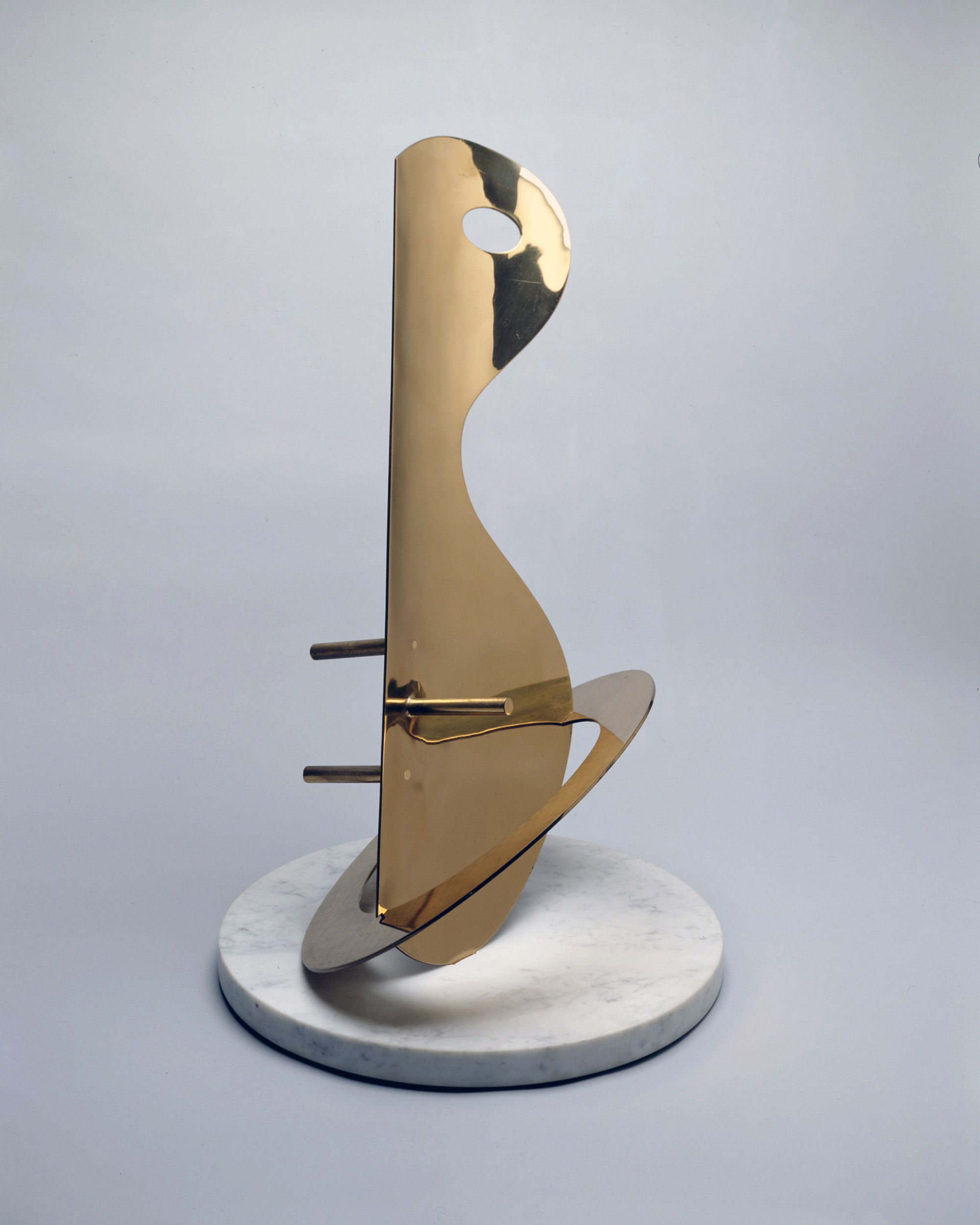
Greenwich, “Blanche Lazzell: Becoming an American Modernist” (Until April 27)
Among the newcomers flocking to the artists colony in Provincetown, Massachusetts, after World War I was the painter and printmaker Blanche Lazzell. Lazzell was born in a small mining town in West Virginia in 1878, but her dreams were bigger than her birthplace. In her late 1930s, she left to study art in New York and Paris, an exception for women of her time. She brought European Modernism back with her when she came to Provincetown in 1915, making the style her own in more than 138 white-line woodblock prints over the next 40 years. The first monographic exhibition in nearly two decades features over 60 of her prints, paintings, and works on paper, bringing attention to her originality and influence on abstraction. brucemuseum.org
Los Angeles, “Alice Coltrane: Monument Eternal” (Until May 4)
When Alice Coltrane died in 2007, she left behind a diverse and genre-crossing musical oeuvre that reflected her life: vocals tinged with the Detroit gospel from her childhood; jazz improvisations performed with her husband, John Coltrane; and the Hindu bhajans she discovered later in life, when she became a spiritual leader by the name of Turiyasangitananda. Her influence was just as wide and far-reaching as her music and has seeped into broader culture. The title of this show comes from a 1977 text by Coltrane about her spiritual journey that was just reissued this month. This is the first museum exhibition dedicated to the musician and examines her legacy through her influence on contemporary visual art, with work by 19 artists like Martine Syms, Rashid Johnson, and Cauleen Smith. The artwork is complemented by video, sculpture, and handwritten sheet music from Coltrane’s archives. hammer.ucla.edu
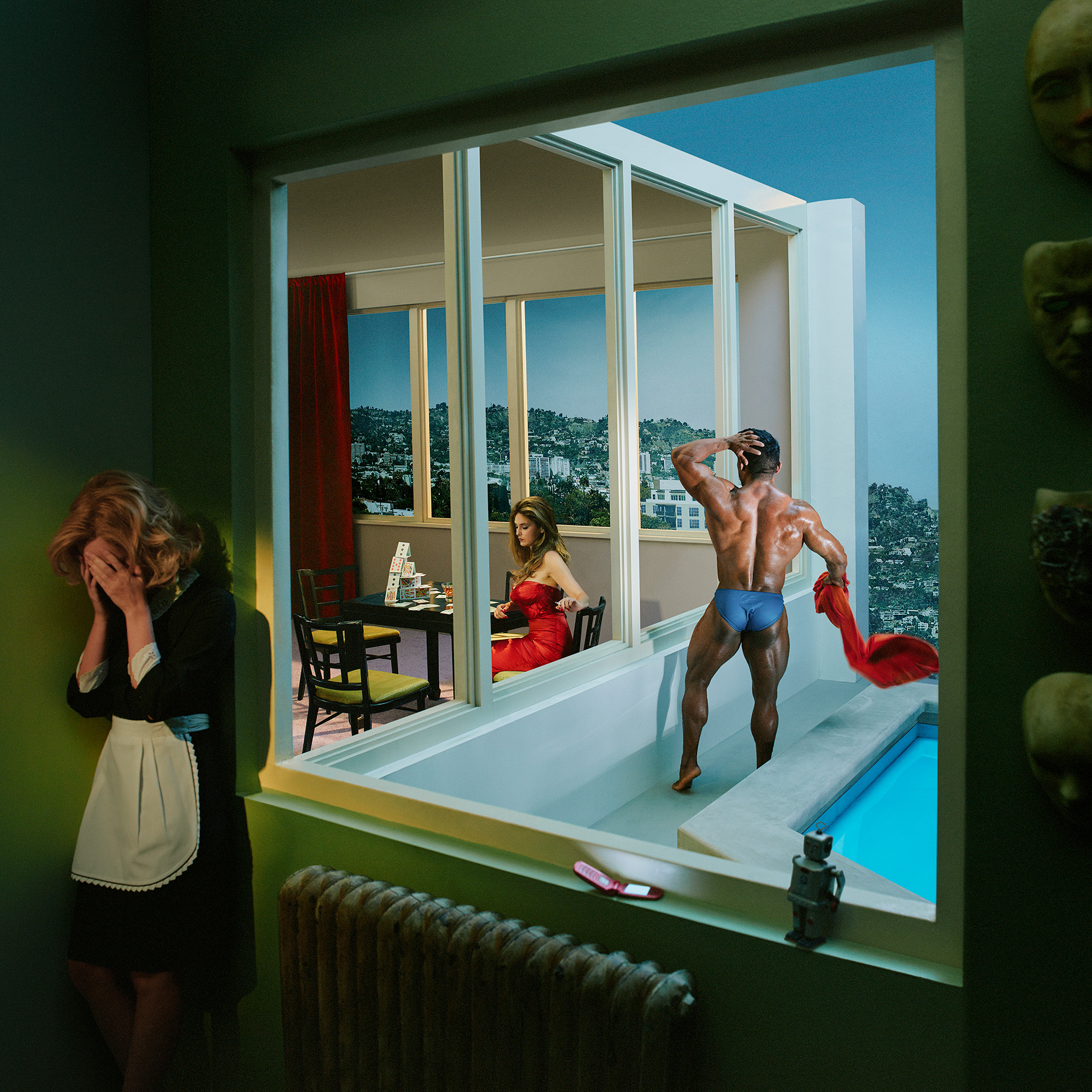
We checked in with our former podcast guests who will be inching through Miami traffic, unveiling new works, signing books and revealing new projects this year.
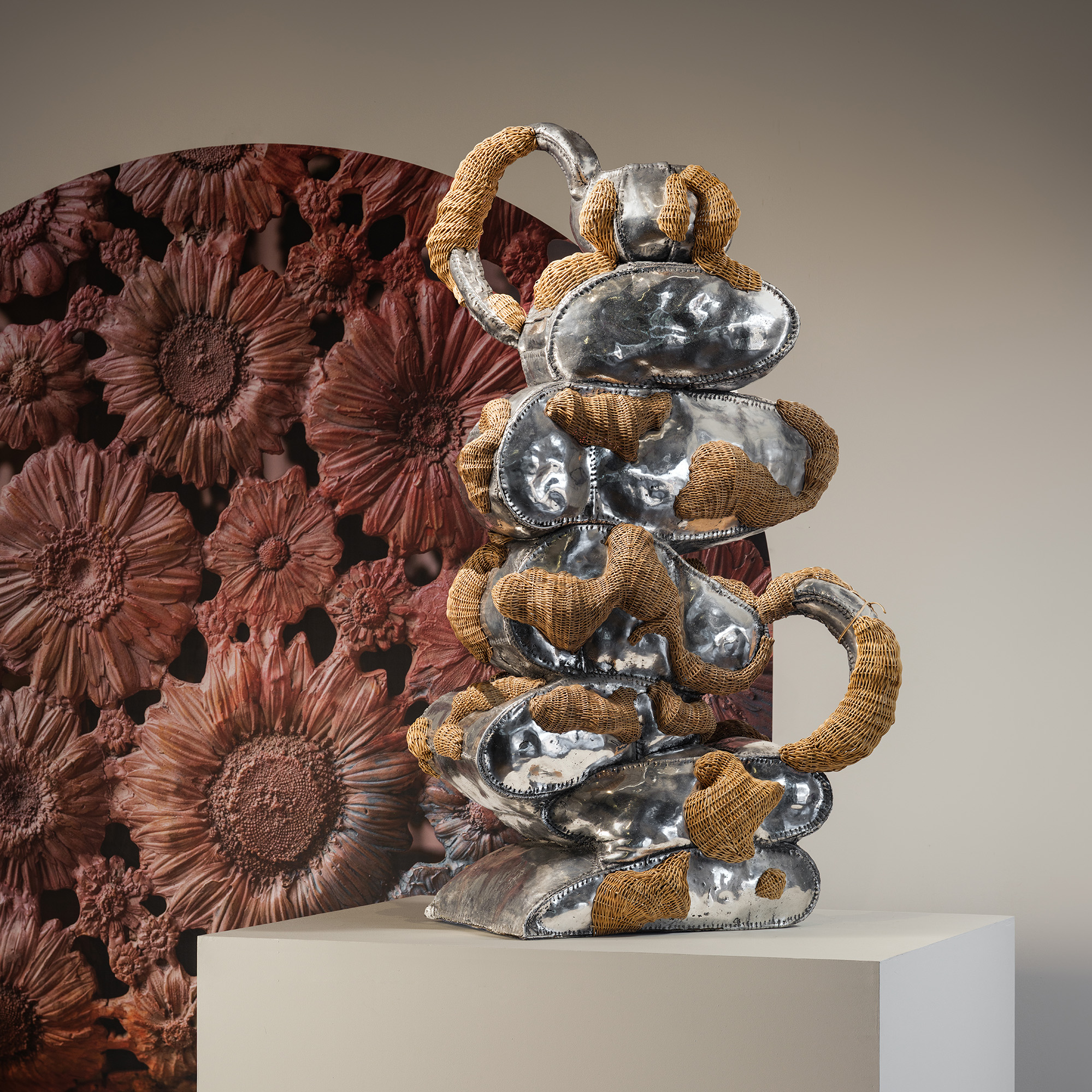
The ecstatic designs of Chris Wolston come to Texas, Juergen Teller's most honest show yet opens in Athens, a forgotten Cuban Modernist is revived in New York, and more.
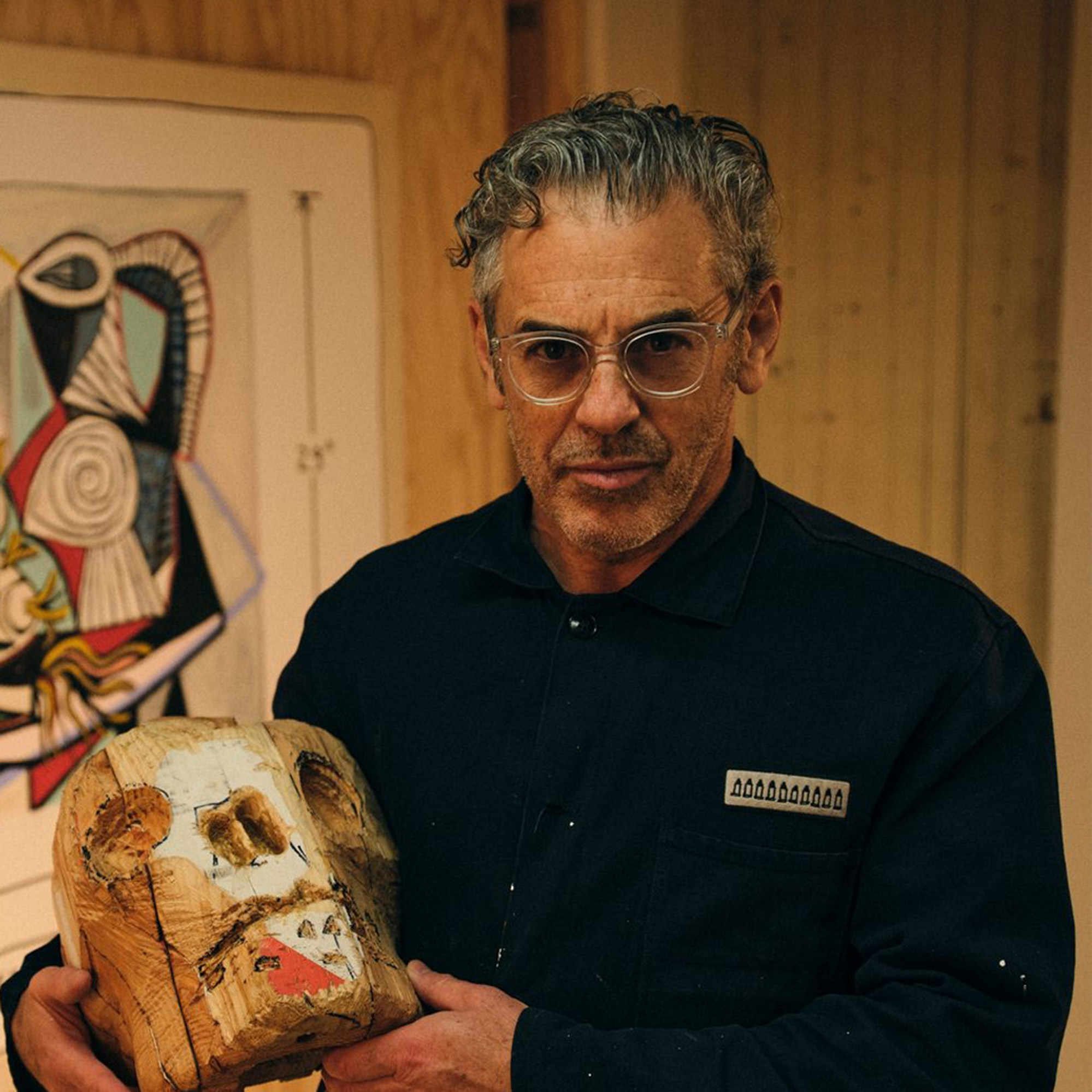
Tom Sachs explores various creative disciplines, from sculpture and filmmaking to design and painting. On this season finale, Dan speaks with Tom about his accidental journey to fine art, how an installation in a Barneys window kickstarted his career, and more.